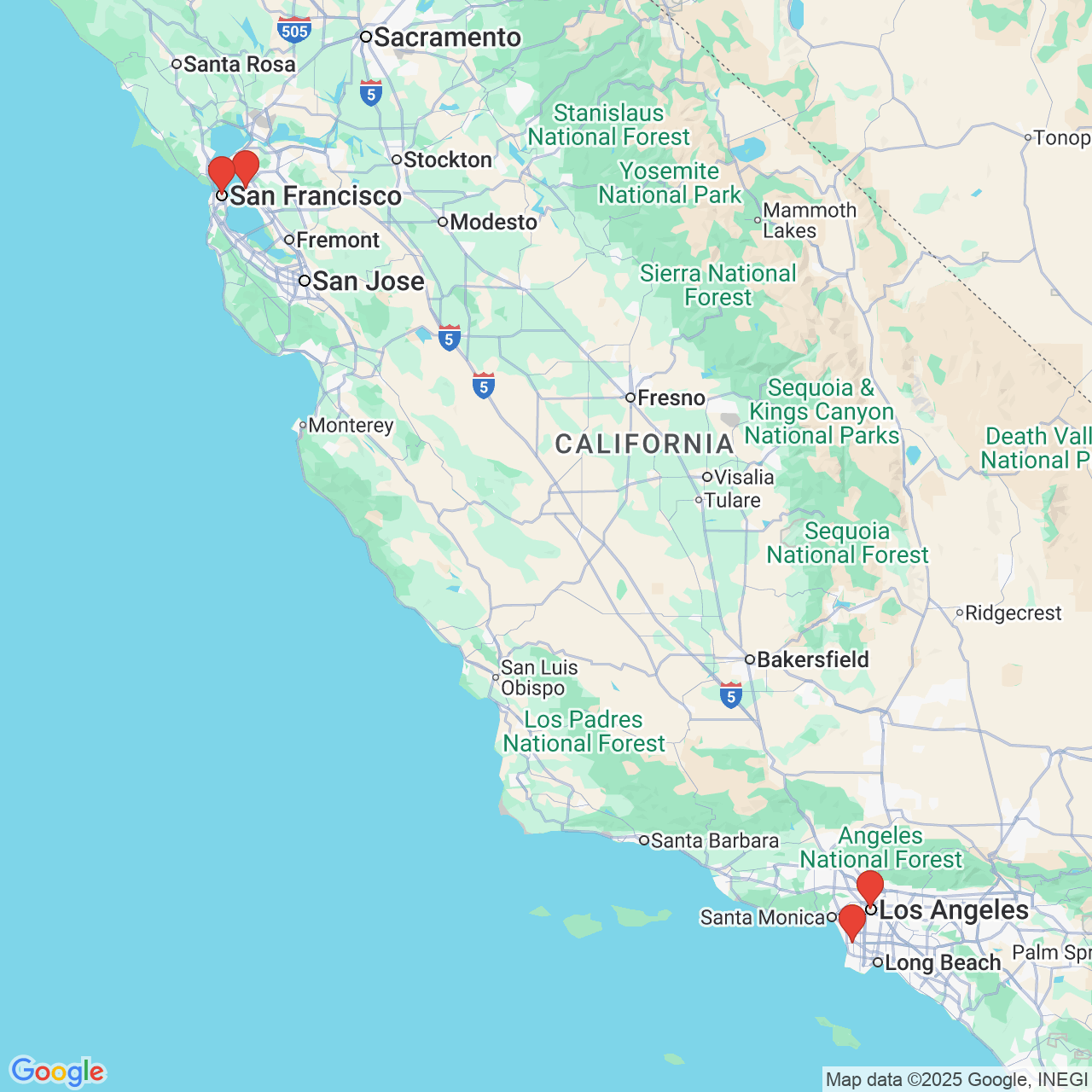Do I Need a License To Ride An Electric Bicycle?
Written By Chris Dolan
This week’s question comes from Jared from San Francisco: E-bikes are taking over the streets. I see more and more every day. Do you need to get a special license to ride one, like a motorcycle? And do you need insurance to ride one?Thank you for the questions about e-bikes, Jared.
Electric bicycles have become a common form of transportation in the San Francisco Bay Area. It is valuable to know what e-bikes are and what the law is regarding the use of e-bikes.
An electric bike (e-bike) is a bicycle with an electric motor that assists the propulsion of the bike instead of being propelled solely by the pedaling of its rider as with a traditional bicycle. There are a variety of e-bikes that differ in operation and power of the motor. In California, e-bikes’ motor must be less than 750 watts. If the motor is over 750 watts it will qualify as a motor driven cycle and have requirements similar to a motorcycle.
In 2015 AB-1096 was passed by the California legislature. This law sets forth three classifications (Class 1, 2 and 3) of e-bikes based upon their maximum speed, propulsion assistance by the motor, and method of operation.
- Class 1: A class 1 e-bike is a low-speed pedal-assisted electric bicycle. Class 1 e-bikes are equipped with a motor that provides assistance only when the rider is pedaling, and that ceases to provide assistance when the bicycle reaches the speed of 20 miles per hour.
- Class 2: A class 2 e-bike is a low-speed throttle-assisted electric bicycle. Class 2 e-bikes are equipped with a motor that may be used to propel the bicycle without pedaling, and that is not capable of providing assistance when the bicycle reaches the speed of 20 miles per hour.
- Class 3: A class 3 e-bike is a speed pedal-assisted electric bicycle. Class 3 e-bikes are equipped with a motor that provides assistance only when the rider is pedaling, and that ceases to provide assistance when the bicycle reaches the speed of 28 miles per hour, and equipped with a speedometer.
- Pedestrians have the right of way. This includes pedestrians in and out of a crosswalk; bike riders are required to yield to pedestrians.
- Riders are required to stop behind crosswalks, leaving them clear for pedestrians.
- E-bike riders must stop at stop signs and obey traffic lights just like motor vehicles.
- Reflectors and a front white light are required by law at night time.
- Class 3 e-bikes are prohibited from Class 1 multi-use bike paths such as hiking or recreational trails.
- Class 3 e-bike riders must be over the age of 16 and wear a helmet.
When it comes to licensure and insurance, e-bikes are treated like bicycles rather than motorcycles. E-bike riders are not required to obtain any special licensure to operate them. As of 2017, all e-bikes in California are required to have a label that describes its type, top assisted speed, and motor wattage. This can be used to identify what class of e-bike is being operated. It is also unlawful to tamper with or alter an e-bike’s speed capabilities without replacing the label on the bike that specifies what the speed capabilities are.
E-bikes are not treated as motorcycles in California and therefore liability insurance is not required. As we mentioned above, an e-bike motor is less than 750 watts, if a bike’s motor is over 750 watts the bike is classified as a motor driven cycle and will require insurance and licensure similar to a motorcycle.
Some insurance company policies may cover injuries from accidents involving e-bikes. Base policies will generally not specifically cover accidents involving e-bikes but will cover personal injury accidents. This can leave some room to get financial compensation even if you or the other party doesn’t specifically have e-bike insurance. If you want to know the details of e-bike insurance available to you, you should contact your insurance agent or a skilled accident attorney to discuss what coverage is available under the circumstances.
With a growing population of e-bike riders in the Bay Area it is important to stay vigilant and safe on the road. If you are ever in an accident with a bicycle, make sure your attorney knows the difference in e-bike classifications and what rights and responsibilities motorists and bicyclists have under California Law. Be safe out there, thank you for writing in with your questions.





